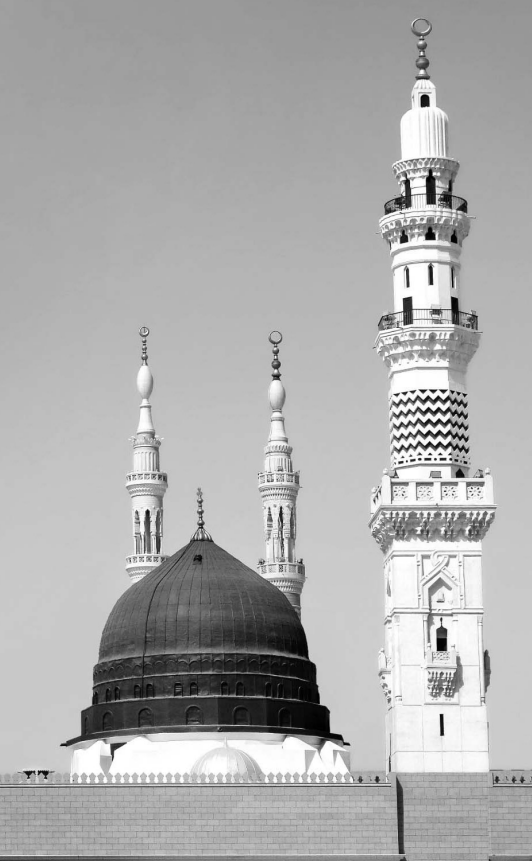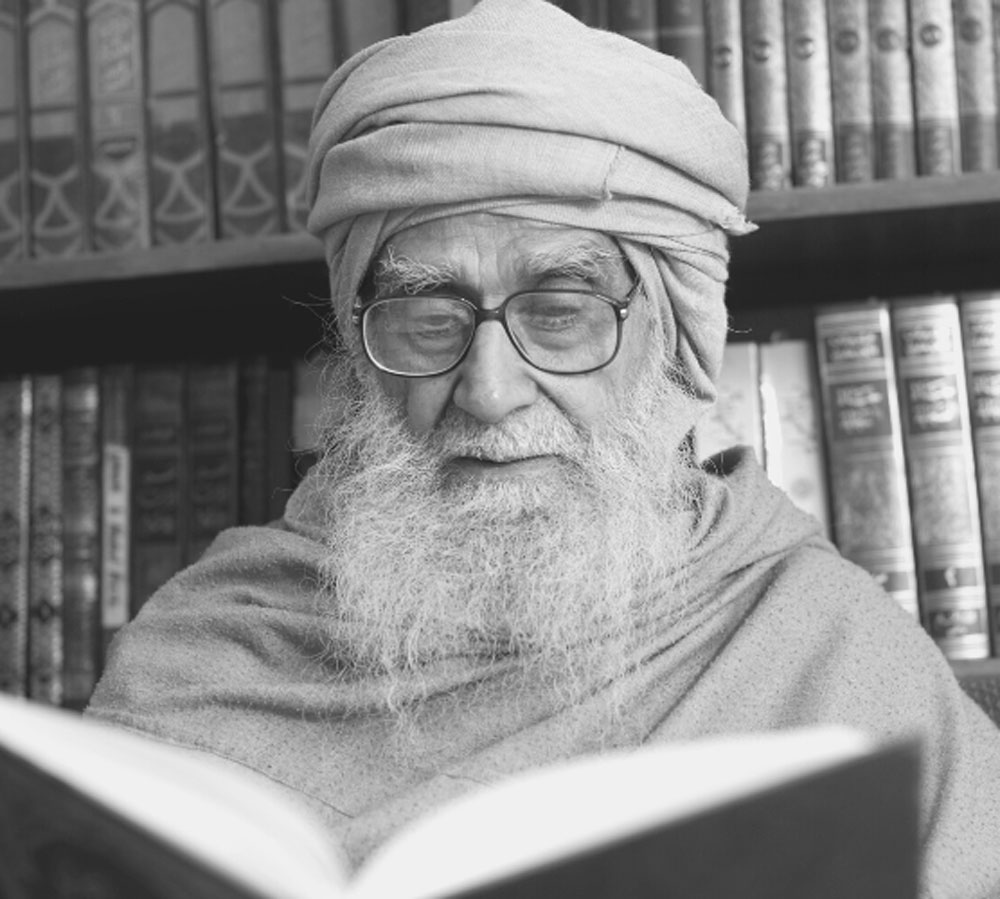Hajj is the fifth pillar of Islam. It is obligatory for every Muslim, male or female, who has the means, to perform Hajj once in their lifetime. The Hajj rituals are observed over five days, from the 8th to the 12th of Dhul-Hijjah.
Before reaching Makkah for Hajj, pilgrims must don the Ihram (the ritual garment for Hajj) at a designated location called Miqat. The Miqat for pilgrims coming from Yemen, southern directions, or countries such as India and Pakistan, is the Yalamlam mountain, approximately 92 km (57 miles) south of Makkah. For those coming from or passing through Madinah, it is Dhul-Hulayfah (modern name: Abyar Ali), about 450 km (280 miles) north of Makkah. For pilgrims traveling from Iraq and areas to the east, such as Kufa, Basra, and Baghdad, it is Dhat Irq, approximately 94 km (58 miles) northeast of Makkah. Pilgrims from the Levant (Syria, Jordan, Lebanon, and Palestine) or northern regions, including Turkey, use Al-Juhfah (modern-day Rabigh), located about 190 km (118 miles) northwest of Makkah. It is essential to wear the Ihram at the Miqat before entering Makkah.
The 8th of Dhul-Hijjah is also known as the Yawm al-Tarwiyah (Day of Tarwiyah). On this day, after performing Ghusl (ritual purification) at night or after the Fajr prayer, pilgrims should wear Ihram, which consists of two unstitched garments: a lower garment (Izar) and an upper garment (Rida). They should apply perfume and, upon entering the Haram, perform the Tawaf of the Ka‘bah. After completing the Tawaf, they should offer a two-unit prayer (Rak‘atain) of Salah al-Tawaf near Maqam Ibrahim. After supplicating and seeking forgiveness, they should perform two Rakats of prayer with the intention of Ihram. During this prayer, the head should be covered with the Ihram sheet. Upon completion of the prayer, the pilgrim should uncover their head and make the following intention: “O Allah, I intend to perform Hajj; make it easy for me and accept it from me” (Musannaf Abd al-Razzaq, Hadith No. 9703).
From the moment the Ihram is worn until the completion of the Hajj, the following supplication, known as Talbiyah, is repeatedly recited while standing, sitting, and performing the rites of Hajj. Men should say the Talbiyah aloud, while women should say it softly:
“Labbayka Allahumma Labbayk, Labbayka La Sharika Laka Labbayk, Inna’l-Hamda wa’n-Ni‘mata Laka wa’l-Mulk, La Sharika Laka.”
“Here I am, O Allah, here I am. Here I am; You have no partner, Here we are. Truly, all praise, blessings, and sovereignty belong to You. You have no partner.” (Sahih al-Bukhari, Hadith No. 1549; Sahih Muslim, Hadith No. 1184).
During Hajj, it is obligatory to perform Sa’i once between Safa and Marwah. This Sa’i can be performed before going to Arafat, after an optional Tawaf, or after the Tawaf al-Ziyarah. It is preferable to perform the Tawaf al-Ziyarah after returning from Mina. However, those who are weak may discharge this duty earlier to avoid the crowd.
The Tawaf of the Ka‘bah consists of seven rounds. Begin by kissing or gesturing towards the Black Stone (Hajar al-Aswad). Then, perform the Idtiba’ by placing the upper garment of the Ihram under the right shoulder and draping both ends over the left shoulder, and walk briskly in the first three rounds, known as Raml (women are not required to perform Idtiba’ or Raml). The remaining four rounds should be performed at a normal pace. Supplicate throughout the Tawaf, and after completing it, offer two Rakats of prayer at the Maqam Ibrahim. Then, proceed to the Multazam and make heartfelt supplications.
After drinking Zamzam water and offering prayers, proceed to Safa to begin Sa’i, entering through Bab al-Safa. Begin by walking from Safa to Marwah, completing one round. Continue back and forth between Safa and Marwah until you complete a total of seven rounds, with the seventh round ending at Marwah.
During Sa’i, it is recommended to recite Takbir (Allahu Akbar), Tahleel (La ilaha illallah), and various supplications. Men are encouraged to briskly walk or run between the two green markers along the pathway between Safa and Marwah. Ensure all seven rounds are completed properly, with the final round ending at Marwah.
On the morning of the 8th of Dhul-Hijjah, after this, pilgrims should proceed to Mina, aiming to arrive before noon to perform the Dhuhr prayer there. Pilgrims are to stay in Mina for five days in total. In Mina, it is recommended that five prayers be offered from the Dhuhr of the 8th to the Fajr of the 9th of Dhul-Hijjah, preferably in Masjid Khaif. On the 9th of Dhul-Hijjah, pilgrims proceed to Arafat, where they will perform the standing (Wuquf) at Arafat, the most essential pillar of Hajj. The Dhuhr and Asr prayers are combined and offered together at Arafat. After returning from Arafat on the 9th of Dhul-Hijjah, pilgrims stay overnight in Muzdalifah. On the morning of the 10th of Dhul-Hijjah, before sunrise, pilgrims leave Muzdalifah and return to Mina. Throughout this period, the Talbiyah and supplications should continue. One such supplication is:
“La ilaha illallahu wahdahu la sharika lahu, lahu al-mulku wa lahu al-hamdu, yuhyi wa yumitu wa huwa ‘ala kulli shay’in qadeer.”
‘‘There is no deity but Allah, alone, without any partner. To Him belongs all sovereignty, and to Him belongs all praise. He gives life and causes death, and He has power over all things.”
It is recommended that you remain in the plain of Arafat until sunset. On the 10th of Dhul-Hijjah, after performing the Maghrib prayer in Arafat, pilgrims head to Muzdalifah, where they combine the Maghrib and Isha prayers. This journey allows for rest at every place except the valley of Muhassir. On the 10th of Dhul-Hijjah, pilgrims return to Mina. Between Muzdalifah and Mina are three locations known as Jamarat al-Ula, Jamarat al-Wusta, and Jamarat al-Aqaba, where pilgrims throw seven pebbles each at three different times.
After the Rami (stoning), the pilgrims perform the sacrifice. Following the sacrifice, they shave or trim their hair (Halaq or Taqsir). After this, they may perform Ghusl and wear their normal clothes. The sacrifice must be performed at the designated slaughtering area, and a few members of a group may be appointed as representatives to perform the sacrifice on behalf of everyone. Not every pilgrim needs to go to the slaughtering area. After the haircut, all Ihram’s restrictions are lifted except for marital relations.
Next, the pilgrim must perform Tawaf al-Ziyarah. If possible, it is better to go to Makkah and perform this Tawaf on the 10th before sunset and return. Otherwise, it can be performed until the 12th before sunset. During Tawaf al-Ziyarah, it is recommended that we engage in much remembrance of God and supplication.
After completing Tawaf al-Ziyarah, return to Mina and perform the Rami (stoning) at Jamarat on the 11th and 12th of Dhul-Hijjah. While throwing the pebbles, say:
“Rajman Li’l-Shaytan wa Ridhan Li’l-Rahman.”
“To stone the Devil and to seek the pleasure of the Most Merciful.”
Upon returning to Mina, perform the Rami first at the small Jamarat, then the middle Jamarat, and finally at the large Jamarat. This is the prescribed method. Upon returning from Muzdalifah, it is recommended that you spend three nights in Mina. However, one may leave Mina on the 12th of Dhul-Hijjah before sunset after spending two nights.
Now, you have completed Hajj. For the remaining days in Makkah, perform the Tawaf of the Ka‘bah and supplicate daily. Before departure, perform the Farewell Tawaf (Tawaf al-Wada’) before leaving Makkah.
Visiting Madinah
While visiting Madinah, offering prayers in Masjid al-Nabawi, and reciting Salat (blessings and peace) at the Prophet’s grave are not obligatory parts of Hajj; they are highly rewarding, and every pilgrim is encouraged to visit. After completing the Farewell Tawaf (Tawaf al-Wada’), the pilgrim should depart from Makkah for Madinah.
Throughout the journey to Madinah, the pilgrim should continuously send blessings and peace upon the Prophet Muhammad. Upon arrival in Madinah, the pilgrim should perform Ghusl (ritual purification), then enter Masjid al-Nabawi and offer two Rak‘ahs (units) of prayer, followed by supplication. After the prayer, approach the Noble Rawdah (Rawdah al-Sharifah), a small enclosure, inside the Prophet’s Mosque, where Prophet Muhammad and two of his Companions, Abu Bakr and Umar, are buried, with the utmost respect and recite Salat and Salam (blessings and peace) for the Prophet. During the stay in Madinah, it is recommended that as many prayers be offered as possible in Masjid al-Nabawi.

After completing prayers and reciting Salat in Masjid al-Nabawi, pilgrims should visit the significant historical sites of Islam in Madinah, such as Jannat al-Baqi, where many Companions of the Prophet are buried, Masjid Quba, where the Prophet offered his first prayer after arriving in Madinah; Mount Uhud, the site of the second major battle in Islam; and Masjid al-Qiblatayn, where the command to change the Qiblah (direction of prayer) was revealed during a prayer.





